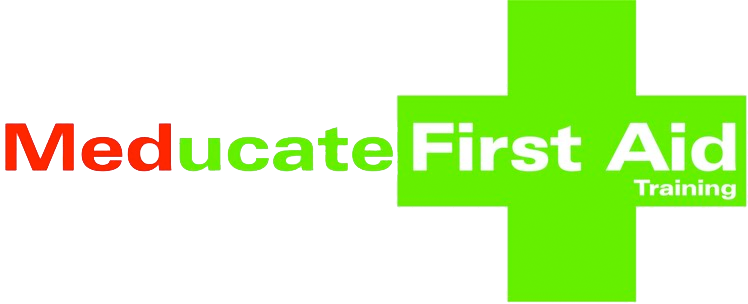What is covered in a Paediatric first aid course
Posted on 11th March 2022 at 19:36
Choosing a first aid course can be tricky, this blog tells you what to expect from a paediatric first aid course
What is covered in a paediatric first aid training course?
Paediatric first aid training courses are crucial to helping people who work with children obtain the knowledge and skills they need to be responsible and provide care in emergency situations. However, when preparing to attend a paediatric first aid training course, many people do not know what to expect. Read on below to find out what will be covered and for what you need to prepare!
Understand and assess emergency situations
The first step to being competent in paediatric first aid is being able to assess emergencies. For some emergencies, there is nothing you can do to help, and trying to do anything may aggravate the situation, so the best way to handle it is simply to call an ambulance and wait. You will also learn about how to diagnose a variety of medical issues so that if there is anything you can do to help, you’ll be able to take the right course of action.
Unconscious or choking child
In a paediatric first aid training course, you will learn how to help a child who has lost consciousness or is choking. This includes in-depth training on how to properly do CPR and the Heimlich manoeuvre, as well as how to give aid to an infant who is choking and is too small for the Heimlich manoeuvre. In situations such as these, rapid action and having real practice can mean the difference between life or death for a child.
Cuts, bites, and stings
You will also learn how to manage cuts, bites, and stings, as well as any other surface-level injury that may bleed or become infected. This includes learning how to recognize the difference between minor and severe bleeding, and how to dress a minor cut or apply a tourniquet in extreme situations. As far as animal bites and stings go, the severity of the problem may not be immediately evident, so you will learn to identify signs of infection and poisoning from venomous or poisonous animals.
Broken bones
It is important to understand the correct diagnosis and treatment of broken bones, as taking the wrong actions can easily make an injury worse and lengthen the time it will take for the child to heal. In this section, you will learn how to recognize the difference between broken and sprained bones, and which actions, if any, you should take to help.
Environmental hazards
Environmental hazards like extreme heat or cold, electricity, or fire can be serious dangers to the life of a child. In a paediatric first aid training course, you will learn how to recognize and treat heat exhaustion, heatstroke, hypothermia, and frostbite. You will also learn how to assist a child who has suffered from an electrical shock or who has been burned.
Medical conditions
If you work in a childcare setting or have children, it is important to be aware of any existing medical conditions the children in your care may have. In a paediatric first aid training course, you will be taught how to manage situations involving many common medical conditions. This includes helping a child suffering from an asthma attack, an allergic reaction, a diabetic emergency, and more.
Where can you get paediatric first aid course?
Share this post:


